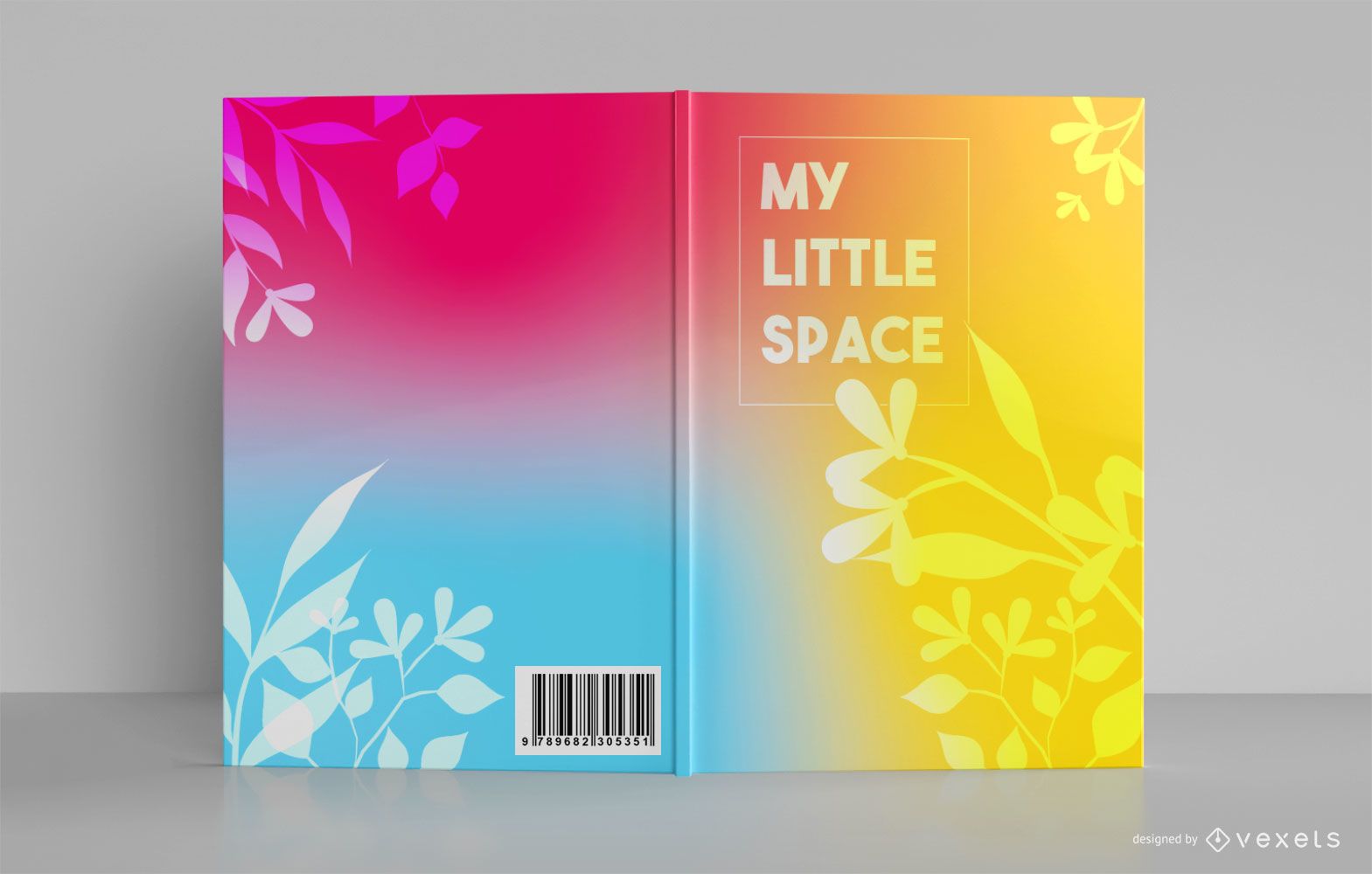How to Design a Book Cover Essential Elements of Designing
Table Of Content

Make notes on which elements work for each cover so you can draw inspiration from them. For example, most thriller book covers use large, bold fonts with intense colors like black and red. Now that we've made a visual plan, it's time to start adding type and imagery to our cover. In this lesson, we'll walk through how to add and manipulate content to our book design cover in Adobe InDesign.
Romance Book Cover Ideas
” They might point out that a design strikes them as funny or heartbreaking. 📏 Before you go much further with the design, make sure you’re working to the right dimensions. For ebooks, the standard front cover size on KDP is 2560 x 1600 pixels. We’ll dive into the specifics of print editions later on in this guide. In certain genres, you’ll notice that character faces are often concealed in some way.
Steps
Forever . . . A Judy Blume Cover Retrospective - Book Riot
Forever . . . A Judy Blume Cover Retrospective.
Posted: Tue, 06 Feb 2024 08:00:00 GMT [source]
This site can design not only your book cover, but also your author logo, character merchandise and anything else you can dream up. Designing a winning book cover may seem like a big task, but this guide gives a better understanding of where to start and what to consider. But for certain bestselling authors, you might want to consider emphasizing their name so that it’s even more prominent than the title. That’s because fans of that author can immediately recognize that it’s one of their books. This guide has covered all the details, from the parts of a cover to the prices.

Practical elements

Start placing the crucial elements like title, author name, imagery, and any other specifics onto the canvas. Experiment with different layouts, fonts, colors, and imagery to see how they interact and contribute to the overall visual appeal. The goal at this stage is to create a rough representation of what you envisage for your book cover. Canva allows aspiring designers to experiment, create, and customize book covers effortlessly, even if they don’t possess advanced design skills.
These are pulled together into a layout, which describes the arrangement and scale of elements — such as type and images — on the cover. Pick typefaces that are appropriate to the era in which the book is set. A bold sans-serifs might work beautifully for a book set in space 200 years in the future but fail entirely for a nonfiction book about the Civil War.
Find Images for Book Cover
If the book is similar to a hugely successful blockbuster, think about ways you can subtly evoke that title without creating a cheap copy. It’s common knowledge by now that readers shop with their eyes. They look for familiarity but simultaneously yearn for surprise—for something that is new and refreshing. They want a book they can be proud to hold on the subway or read on their e-reader.
Step 6. Establish Visual Hierarchy
There are exceptions, of course, but covers now often focus more on conveying specific moods or themes, rather than depicting a single scene or character from the book. You can look at the latest bestsellers in your genre or topic to get a feel for what is attracting readers in the present. Potential readers will often first judge your book by the front cover, whether you display it online, on your website and socials, or in bookstore displays. The more eye-catching it is, the more likely people are to want to learn more about it and possibly buy it. This week’s Alliance of Independent Authors (ALLi) blog brings together design tips for a great book cover from partner members 1106 Design and Miblart. From image selection to typography and layout, this book cover guidance will help you create a great book cover yourself or work successfully in collaboration with a designer to make it happen.
50 of the Best Book Covers of 2023 – PRINT Magazine - PRINT Magazine
50 of the Best Book Covers of 2023 – PRINT Magazine.
Posted: Thu, 21 Dec 2023 08:00:00 GMT [source]
Gather book cover design inspiration
This is also an excellent option if you want to create some mockups to show a designer who will be creating the final cover design. If you've ever wanted to learn how to design a book cover, you're in the right place. We're going to focus on creating a book cover for a paperback book. By the end of this course, you'll have a completed, professional book cover design. Below are some of my favorite design software, book cover design templates, and places to find book cover designers. While color might not always be the first thing the cover designer considers, it’s invariably often the element that makes a cover distinctive, setting the tone for the book.
However, InDesign is a popular choice in the industry, and that's what we'll use in this case. In this lesson, we'll discuss everything you need to get started, as we learn book cover design basics. To begin, you can download the source files you'll need to work along. A simple change to your book cover design could increase your sales… by a lot. If your book cover design doesn’t follow the guidelines I’ve outlined above, your book — no matter how well written — will fail. If you don’t have design experience, I recommend spending the money to hire a cover design artist.
She also has experience fact checking commerce articles and holds a B.A. Using this I’ve worked out that to accommodate for 1456 pages (the length of War & Peace—yup, it’s a long one!) printed on white offset 80 gsm paper, we will need to have a 73.7 mm spine width. Now we need to work out the width of the full length of the cover. This will depend on the width of the spine, which in turn will depend on the number of pages inside the book. You can find calculators online for working out the width of a spine depending on the page number and paper weight (gsm), such as the Print on Demand calculator. You should be able to view samples of their work, read endorsements and reviews, and fully understand all their fees and exactly what services they include for the price.
Now you know how to design a book cover and where to find premium book cover templates when you need them. Horror book covers benefit from using bright, jarring colours (especially reds), as well as shadowy landscapes, dark silhouettes, and bold, in-your-face text to communicate the promise of terror. Romance book cover art is meant to communicate temptation and/or sexual tension, either indirectly or directly. It's possible to note the changes in this genre over centuries, with the cover of Pride and Prejudice being very gentle and indirect and The Windflower being quite obvious and direct. While a book’s front cover gets all the glory, the spine and back cover are also important design elements. You need to make sure that the reader browsing the shelves (whether physical or virtual) sees the most important part of the cover first.
If you've already got some reviews for your book you might want to include a short testimonial on the front cover, too — especially if they're from a recognizable or reputable source. The cover above omits photos or illustrations in favor of a striking background, bold title, and a short recommendation from another author. Many designers can digitally manipulate stock photos to create a professional photo feel without the steep cost. Before you start designing your book cover, you need to select your book’s cover dimensions to meet each market's requirements. Fiction book covers do great when they send an emotional message congruent with the story that connects with the right kind of reader. Browse boards and pins of book covers and anything else that sparks an idea.
Typography, encompassing the font style, size, and arrangement of text, is more than just words; it’s a visual representation of the book’s personality. The font style should resonate with the book’s genre—a horror novel might use a jagged, unsettling font, while a romance novel might opt for a more elegant and flowing style. Going deeper, the theme of your book encapsulates its emotional core and human experience.
A novice book cover designer might charge between $300 and $500 per project. If you plan to traditionally publish your work, you won’t be expected to pay a single dime out of your pocket. In fact, not only do publishers cover all costs to get your book ready to hit the shelves, but they also pay you an advance on royalties.
Comments
Post a Comment